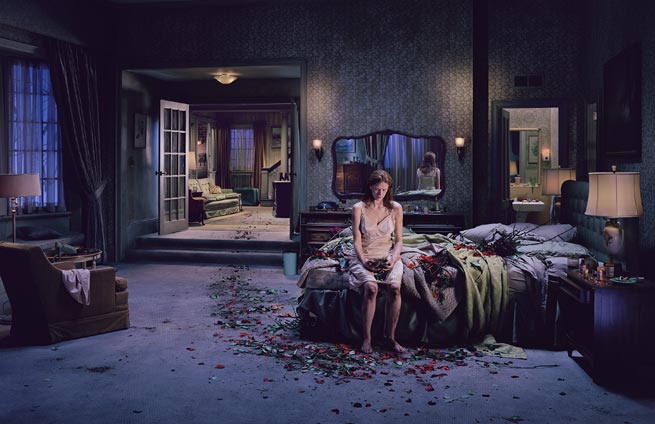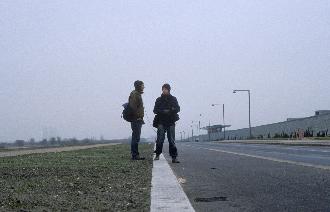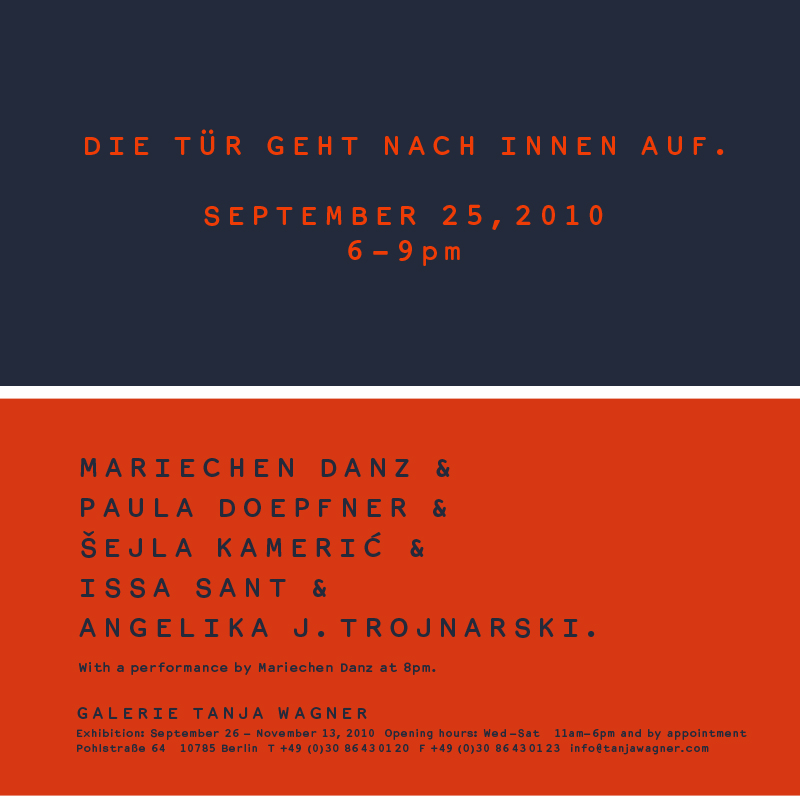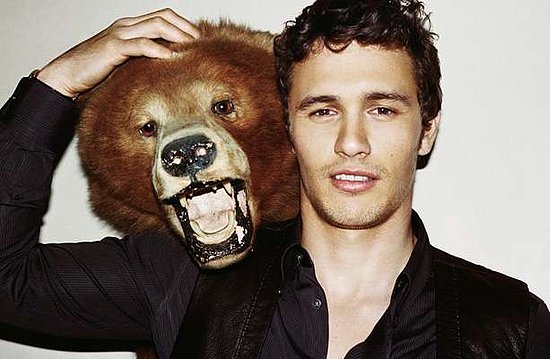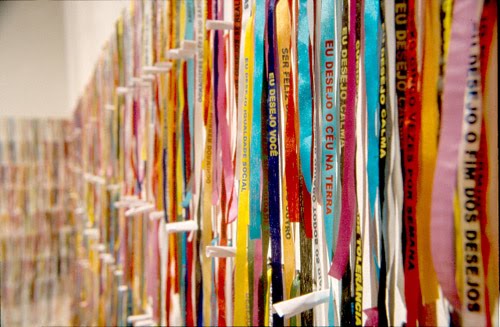Hard-boiled wonderland, blue velvet and the end of postmodernism
It has become somewhat of an axiom to associate certain artistic practices to specific discourses, and specific artists to certain sensibilities. It has become a truism, for instance, to link practices as diverse as eclecticism, parody, pastiche, detachment, flexi-narrative, and parataxis to the postmodern, and strategies like ‘optimism’, self-consciousness, formalism, functionalism, purism, and streams of …
Hard-boiled wonderland, blue velvet and the end of postmodernism Read More »

